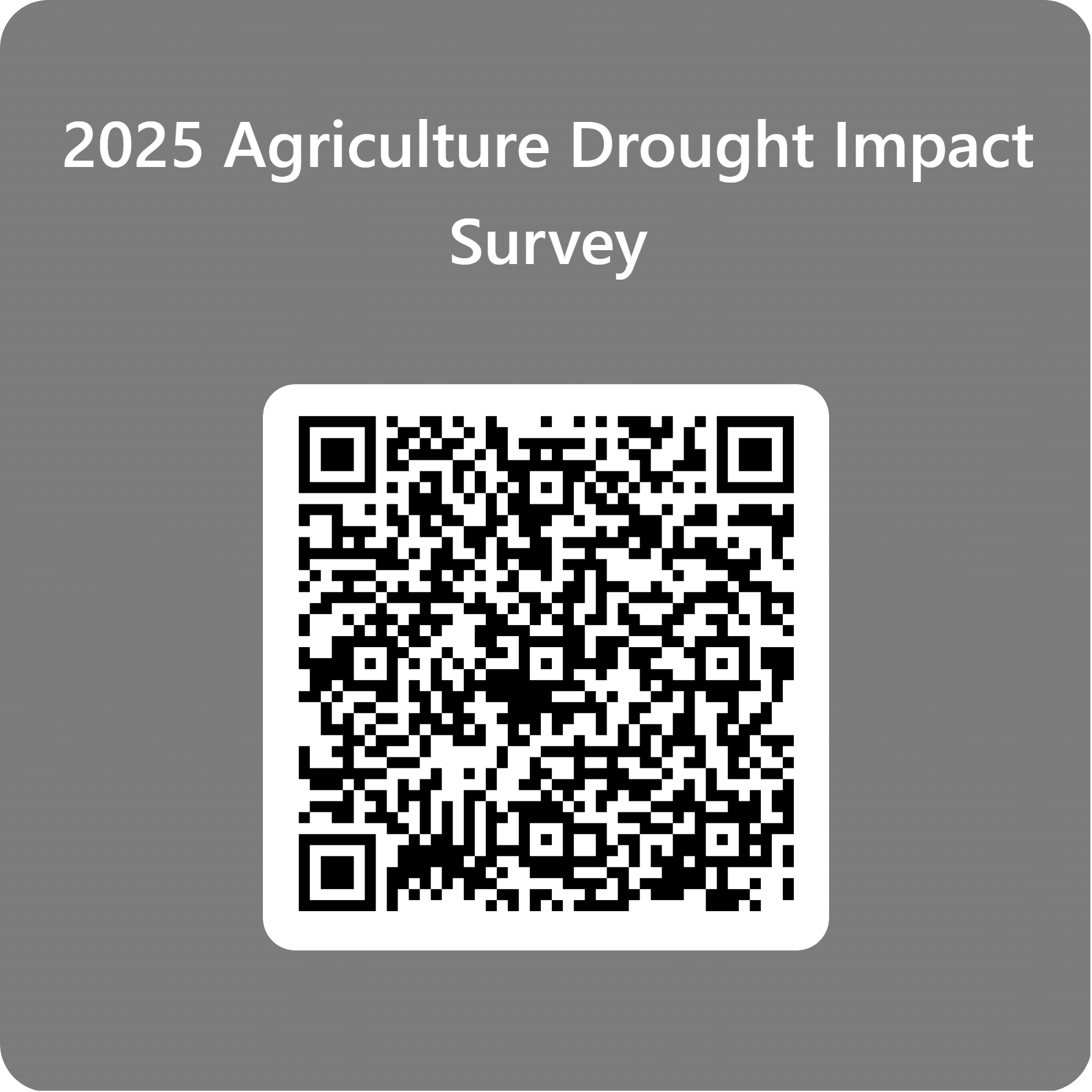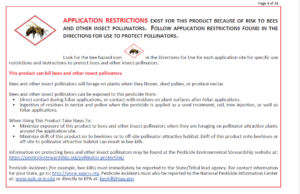Good morning:
I hope everyone’s holidays have been good ones and wish you all the best as the calendar prepares to turn over yet again. As winter is the time for meetings and learning opportunities, I wanted to highlight a few activities that are coming up:
- The Northeast Fruit Consortium is again planning to host our winter webinar series (https://www.umass.edu/agriculture-food-environment/fruit/news-events/northeast-extension-fruit-consortium) starting February 4. Please register here (https://go.uvm.edu/2026netfcwebinars).
There are six webinars planned that cover strawberry IPM, kiwiberry production, apple color and sunburn prevention, pest mating disruption, changes to the Endangered Species Act and implications on pesticide use, and drought management.
We are charging a nominal fee for webinar access to help support the annual meeting of the Northeast Tree Fruit IPM Working Group which facilitates shared programming and collaborative research and Extension projects among IPM professionals across the region. If you would like a discount code for free registration, please email madeline.baughman before registering Extension activities are available to all growers regardless of ability or interest to pay. Registration for all webinars should be completed at the same time, and the links you receive in your confirmation email should be saved for use on the day of the webinar.
- The 130th annual Vermont Tree Fruit Growers Association and UVM Fruit Program Annual Meeting will be held February 20, 2026 in at the American Legion Middlebury, VT. The agenda is here (https://go.uvm.edu/26uvmvtfgaagenda) and the registration link is here (https://go.uvm.edu/26uvmvtfgamtg).
While I have you, I’d like to introduce our ‘new’ program support technician Madeline Baughman who will be providing me support for extension and research projects, maintaining the UVM orchard and vineyard, and working with undergraduate students at UVM Catamount Educational Farm. Madeline has worked with me for the past three seasons and graduated last May with a B.S. in Agroecology and Landscape Design from UVM. Many of you have met her already, those that haven’t feel free to say hello when you see her at the meeting in Middlebury.
Thanks for doing all you do for Vermont agriculture and I’ll see you soon,
Best,
Terry
__
Terence Bradshaw (he/him)
Associate Professor, Specialty Crops
Chair, Dept of Agriculture, Landscape, and Environment
(formerly Plant and Soil Science)
College of Agriculture and Life Sciences
University of Vermont
117/210 – Jeffords Hall | 63 Carrigan Dr
Burlington, VT 05405
(802) 922-2591 | tbradsha
https://go.uvm.edu/alebradshaw
UVM Commercial Horticulture | UVM Fruit Blog
Horticulture Research and Education Center
Message me on Teams
UVM’s Our Common Ground Values:
Respect | Integrity | Innovation | Openness | Justice | Responsibility
UVM is subject to the Vermont Public Records Act and communications to and from this email address, including attachments, are subject to disclosure unless exempted under the Act or otherwise applicable law.





